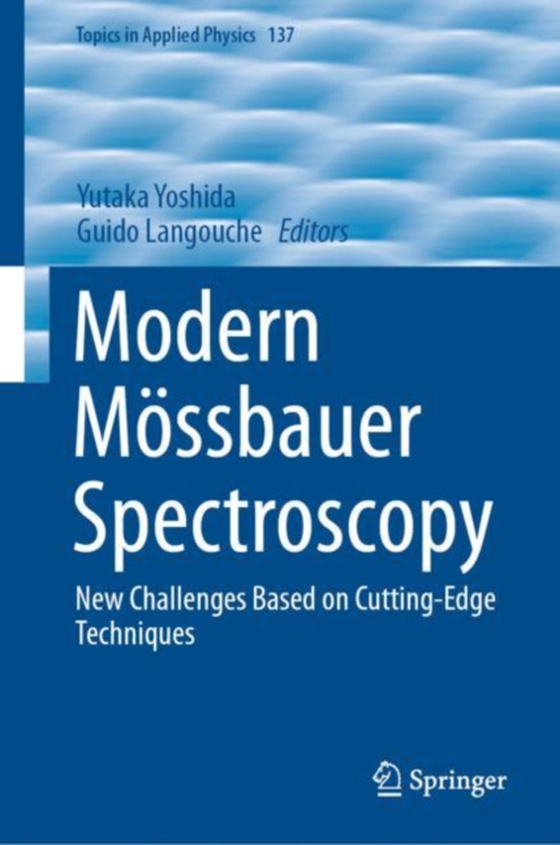
Modern Mossbauer Spectroscopy e-bog
1240,73 DKK
(inkl. moms 1550,91 DKK)
This book presents an overview of the latest Mossbauer spectroscopy research. It sheds light on various cutting-edge research subjects: (i) nuclear resonance scattering experiments implemented at synchrotron radiation facilities, e.g., ESRF, DESY and Spring-8; (ii) multidisciplinary materials research related to chemistry, biology, geoscience, molecular magnetism of metal complexes, batteries, ...
E-bog
1240,73 DKK
Forlag
Springer
Udgivet
19 januar 2021
Genrer
PDD
Sprog
English
Format
pdf
Beskyttelse
LCP
ISBN
9789811594229
This book presents an overview of the latest Mossbauer spectroscopy research. It sheds light on various cutting-edge research subjects: (i) nuclear resonance scattering experiments implemented at synchrotron radiation facilities, e.g., ESRF, DESY and Spring-8; (ii) multidisciplinary materials research related to chemistry, biology, geoscience, molecular magnetism of metal complexes, batteries, and magnetism; (iii) novel imaging techniques based on probing diffusion in solids using Mossbauer spectroscopy. The first three chapters introduce recent research on modern Mossbauer spectroscopy, including nuclear resonant scattering experiments and development of related techniques at synchrotron accelerator facilities. Chapters 4 and 5 then demonstrate the applications of such pioneering techniques to chemistry, biology and geoscience. Chapters 6 and 7 describe the applications to new functional materials, i.e., metal complexes and Li- and Na-ion batteries, while the final two chapters are devoted to two important measuring techniques: Mossbauer spectroscopy under external magnetic fields, and microscopic Mossbauer techniques on diffusion in solids, which are expected to play an essential role in the investigation and characterization of magnetic structures and microstructures in materials. The cutting-edge content provides readers with quick updates on the latest research topics in the field, while the tutorial-style descriptions allow readers unfamiliar with Mossbauer spectroscopy to learn and implement the techniques. As such, the book is especially useful for advanced undergraduate and early graduate students who have recently been assigned to a laboratory.
 Dansk
Dansk

